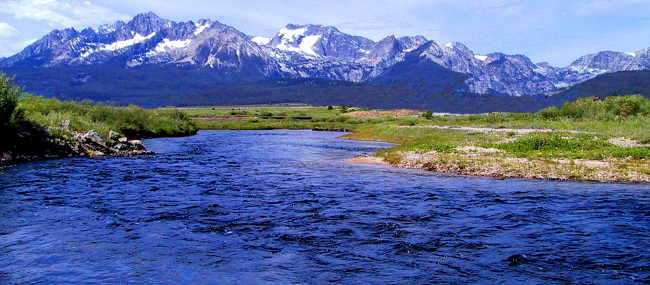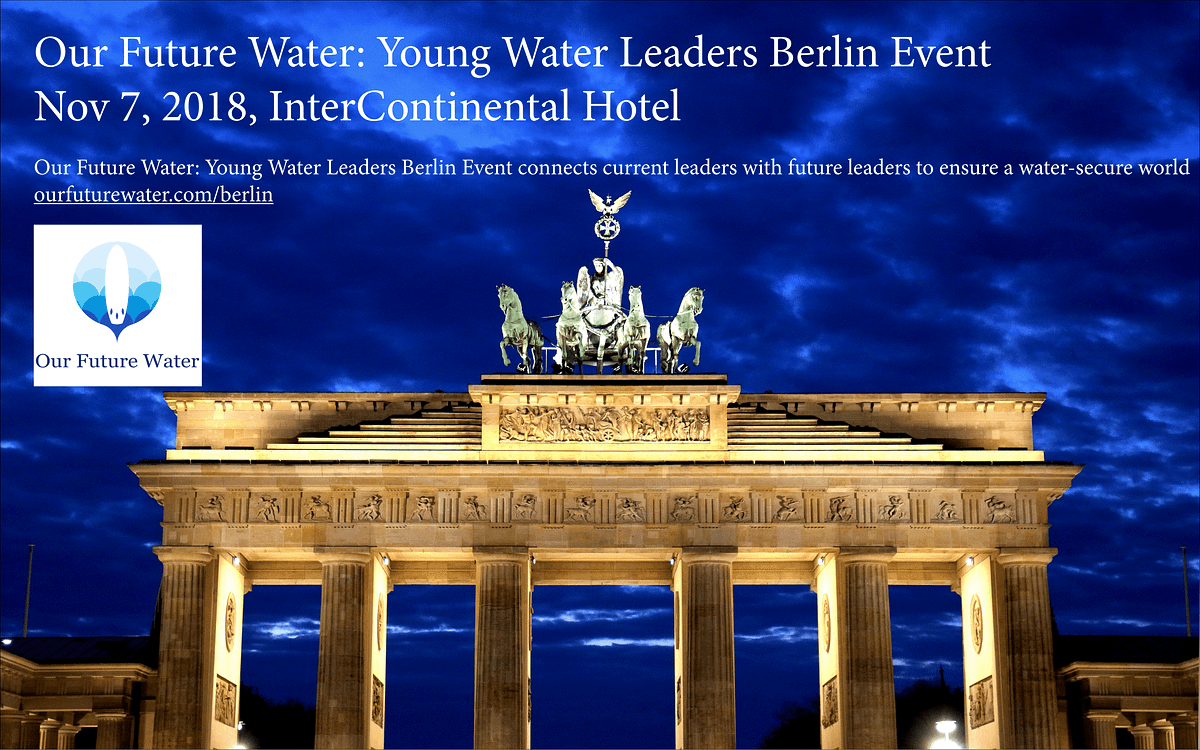Water Sensitive Farming Keeping Drinking Water Pure
Published on by Robert Brears, Founder of Our Future Water, Young Water Leaders, Mitidaption & Author (Springer Nature, Wiley) in Government
Controlling water polluting activities at the source is smarter that removing them in the drinking water treatment process as less money is required for treatment chemicals, equipment, and labor. One utility leading the way is Thames Water which has implemented its Smarter Water Catchments initiative in the Evenlode to encourage water sensitive farming and reduce the loss of phosphorus from farms to waterways.
By Robert C. Brears*
Thames Water’s Smarter Water Catchment initiative has implemented its pilot Evenlode Catchment Fund which provides grants for infrastructure and farm management to reduce the amount of phosphorus lost from fields and farmyards to waterways within the Longborough Stream, Bledington Brook, and Westcote Brook waterbodies of the Evenlode, which is a headwater of the River Thames that flows over more than 75 km and drains into an area of nearly 30,000 ha. The pilot Evenlode Catchment Fund has two components: An annual payment scheme and a one-off scheme.

Water sensitive farming keeping drinking water pure
Annual payments
The pilot Evenlode Catchment Fund makes annual payments to support changes in operational practices on farms, with payments made for up to three years, and are subject to annual farm checks. A selection of measures funded include:
· Change of cultivation and tillage practices (£20 per ha/year)
· Using vegetation (buffer strips) to intercept water, sediments, and nutrients (£353 per ha/year for 6 meters or more of buffer strips and up to £512 per ha/year for 12 meters or more of watercourse buffer strips)
· Water features to intercept water, sediment, and nutrients (funding is site specific)
· Innovative farmer practices that reduce the amount of phosphorus lost from fields (funding is site specific)
One-off payments
The pilot Evenlode Catchment Fund provides grants for one-off improvements to farm infrastructure (capital investment) including:
· Changing the way phosphorus is applied (£500 per unit)
· Improved soil structure and organic matter (£20 per ha)
· Creation of water features to intercept water, sediment, and nutrients (e.g. creation of wetlands, swales, and ponds) (funding is site specific)
The take-out
Smart water catchment management means using smart tools to incentivize specific stakeholders to make changes beneficial to the environment.
*Robert C. Brears is the author of Urban Water Security (Wiley), The Green Economy and the Water-Energy-Food Nexus (Palgrave Macmillan), Natural Resource Management and the Circular Economy (Palgrave Macmillan), and Blue and Green Cities (Palgrave Macmillan). He is Founder of Our Future Water, Mitidaption, and Mark and Focus.
Our Future Water’s LinkedIn group / Urban Water Security’s LinkedIn group
Twitter: Mitidaption / Twitter: YoungH20Leader
Facebook: UrbanH20 / YoungWaterLeaders
Attached link
https://medium.com/mark-and-focus/water-sensitive-farming-keeping-drinking-water-pure-20bd08dc1c48Media
Taxonomy
- Agriculture
- Sustainable Agriculture
- Quality
- Agriculture
- Water Quality
- Agricultural
- Water Quality Management
- Water & Wastewater
3 Comments
-
Robert, your first sentence is very powerful and one that @edwwe believes very strongly in "Controlling water polluting activities at the source is smarter that removing them in the drinking water treatment process as less money is required for treatment chemicals, equipment, and labor."
Ideally if we can take the water that is polluted with biodegradable waste, it can be treated at source naturally with an ecological solution of nutrient, enzymes, bacteria and buffers that are both aerobic and anaerobic. They decompose the biodegradable waste and the nutrient rich outflow can be reused for irrigation for the farmer. It is a very cost effective approach and a very successful one. Adding the financial component further supports the process.
-
Great idea. Another effective method is vertical farming. Since the water cascades downwards in vertical farming, the vegetables at the lower tiers will remove more nutrients from the water. The water can then captured in a pond for reuse instead of being lost into the ground or becoming runoff.
-
Thank you Robert. Very incouraging to see this kind of proactive projects at farming practises. Indeed control at source is the most sustainable and environmentally resposible way to produce goods and less polution (and less CO2 while saving energy) in our communities.
